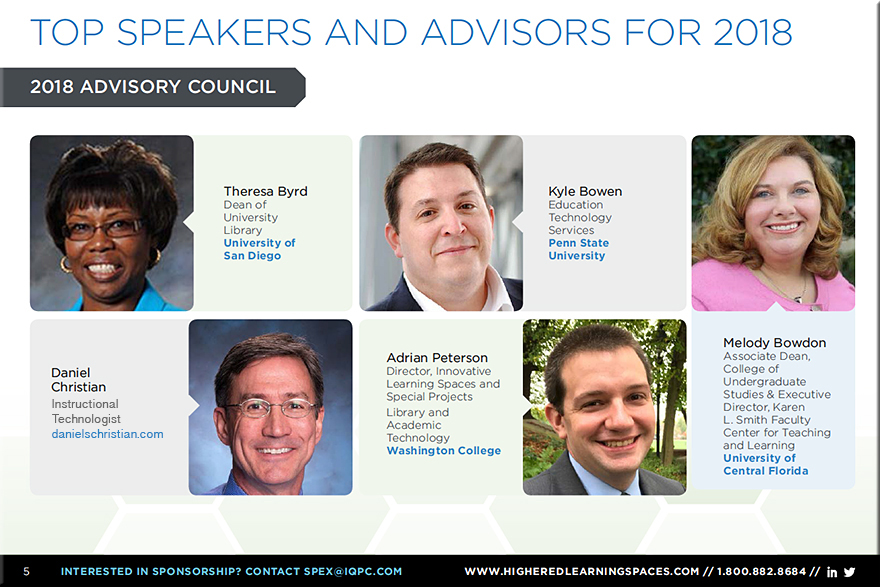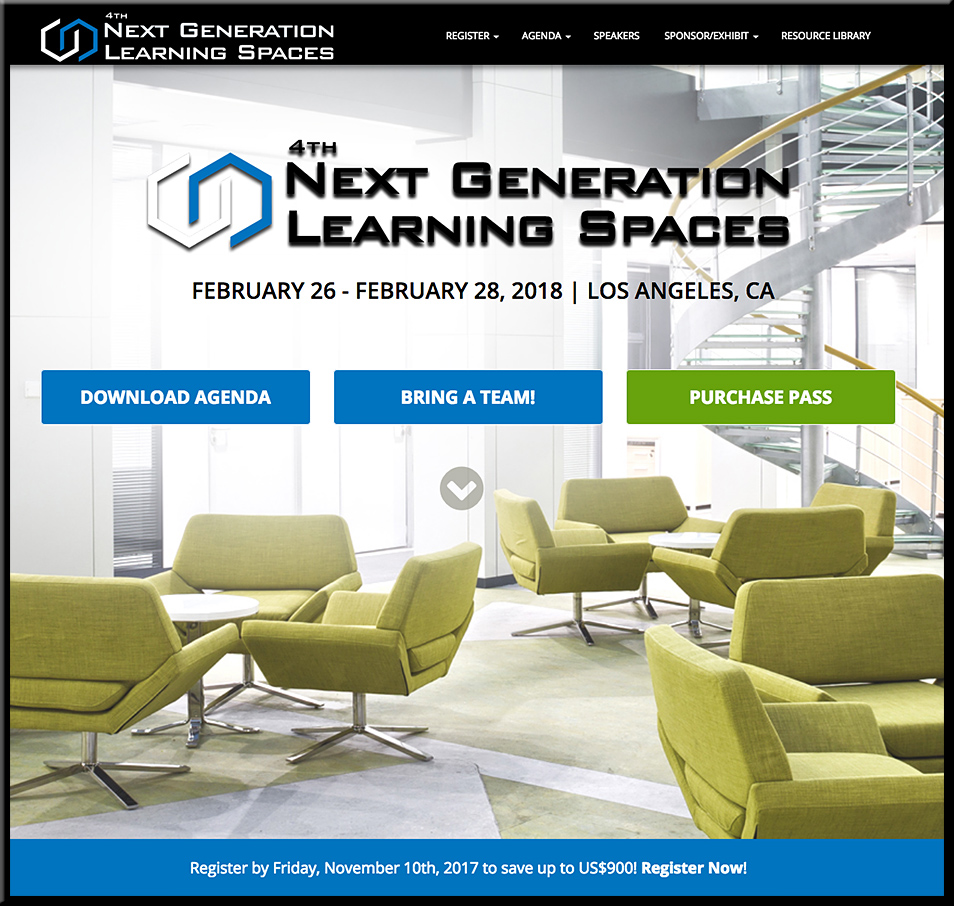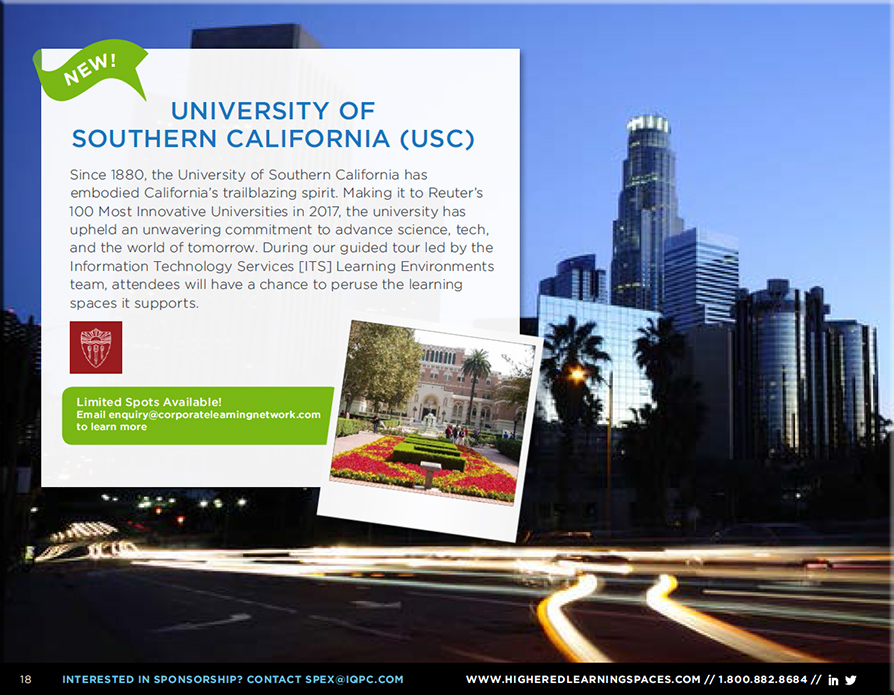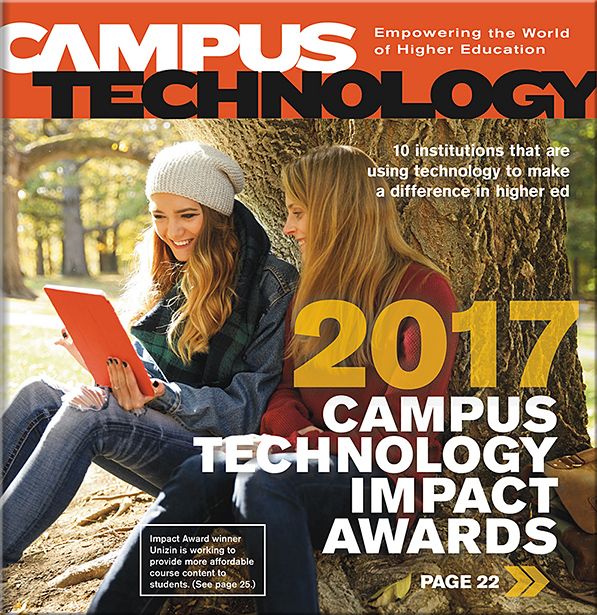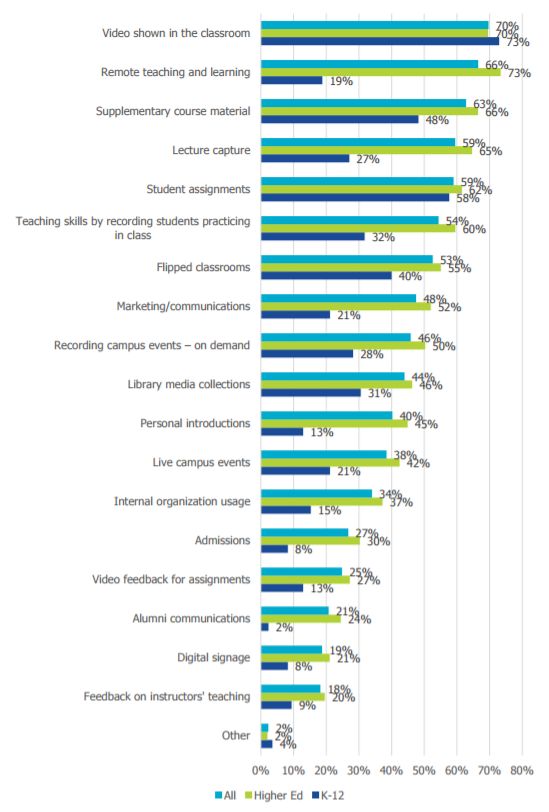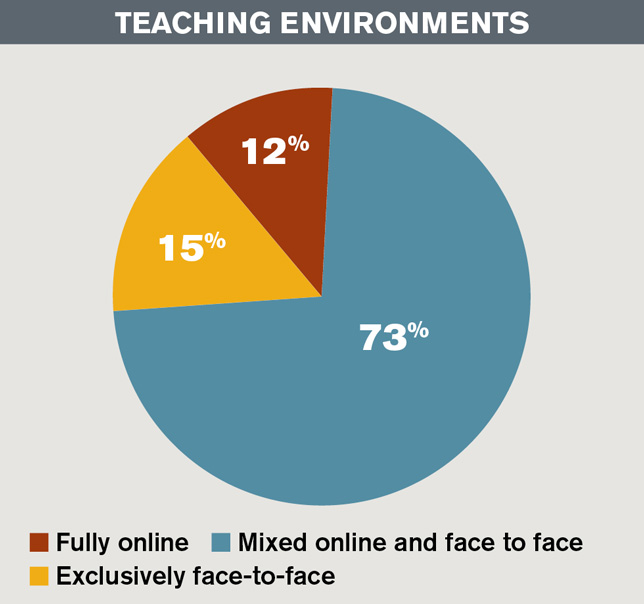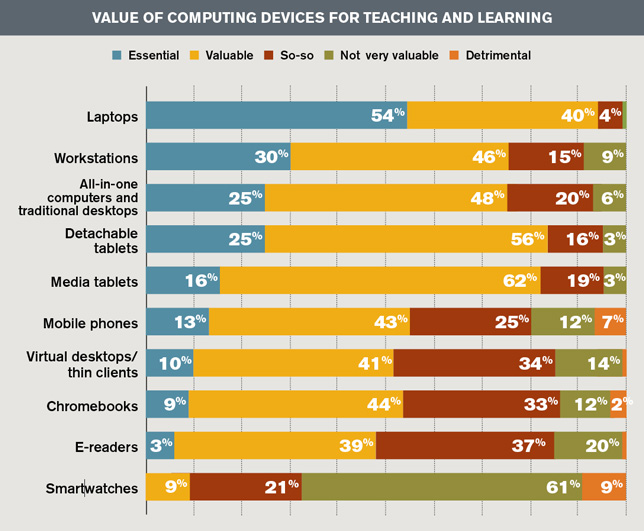Expert Dive: Active Learning in STEM Courses — from teachinginhighered.com by Bonni Stachowiak

As part of ACUE’s Expert Dive series and collaboration with the Teaching in Higher Ed podcast, Paul Blowers sat down with TiHE’s Bonni Stachowiak to discuss the active learning strategies—and practices to increase student persistence—he uses in his chemical engineering courses at the University of Arizona. One of his practices includes showing students the first exam on which he received a failing grade, explaining the steps he took to master the subject to illustrate how failure can lead to success and mastery of the material.
Listen to Paul share the active learning practices that are the cornerstone of his teaching on the Teaching in Higher Ed podcast, and read Paul’s post, Three Misconceptions About Using Active Learning in STEM, on The Q Blog.
Also see:
Top 10 Recommended Podcasts
If you’re new to the TiHE podcast, check out our top 10 recommended episodes with a number of experts whose work is explored in detail in ACUE’s Course in Effective Teaching Practices.
1. Teaching Lessons from the Road with Penny MacCormack, ACUE
2. Motivating Students in Large Classes with Brenda Gunderson, a senior lecturer at the University of Michigan, whose practices to engage and motivate students are featured in multiple ACUE modules, such as Using Active Learning Techniques in Large Classes, and on ACUE’s community site, where you can see exclusive footage of Dr. Gunderson doing a cartwheel during class
3. Teaching Naked Techniques with José Bowen, president of Goucher College; ACUE subject matter expert for the modules Engaging Underprepared Students, Embracing Diversity in Your Classroom, and Using Student Achievement and Feedback to Improve Your Teaching; and an ACUE community site contributor
4. Teach Students How to Learn with Saundra McGuire, author of Teach Students How to Learn, who shares strategies in ACUE’s course for supporting unprepared students
5. Engage the Heart and Mind Through the Connected Classroom with Ken Bauer from the Tecnológico de Monterrey
6. Radical Hope – A Teaching Manifesto with Kevin Gannon, regular contributor to the Teaching United States History blog
7. Engaging Learners with TEDx Speaker and Professor of English Gardner Campbell
8. Small Teaching with James Lang, author of Small Teaching
9. The Skillful Teacher with our friend Stephen Brookfield, featured in numerous ACUE modules, including Planning an Effective Class Session, Delivering an Effective Lecture, and Developing Self-Directed Learners, and on the community with advice on teaching from the back row
10. Flipped Out with Derek Bruff, who discusses using concept maps and other visualization tools in ACUE’s course









